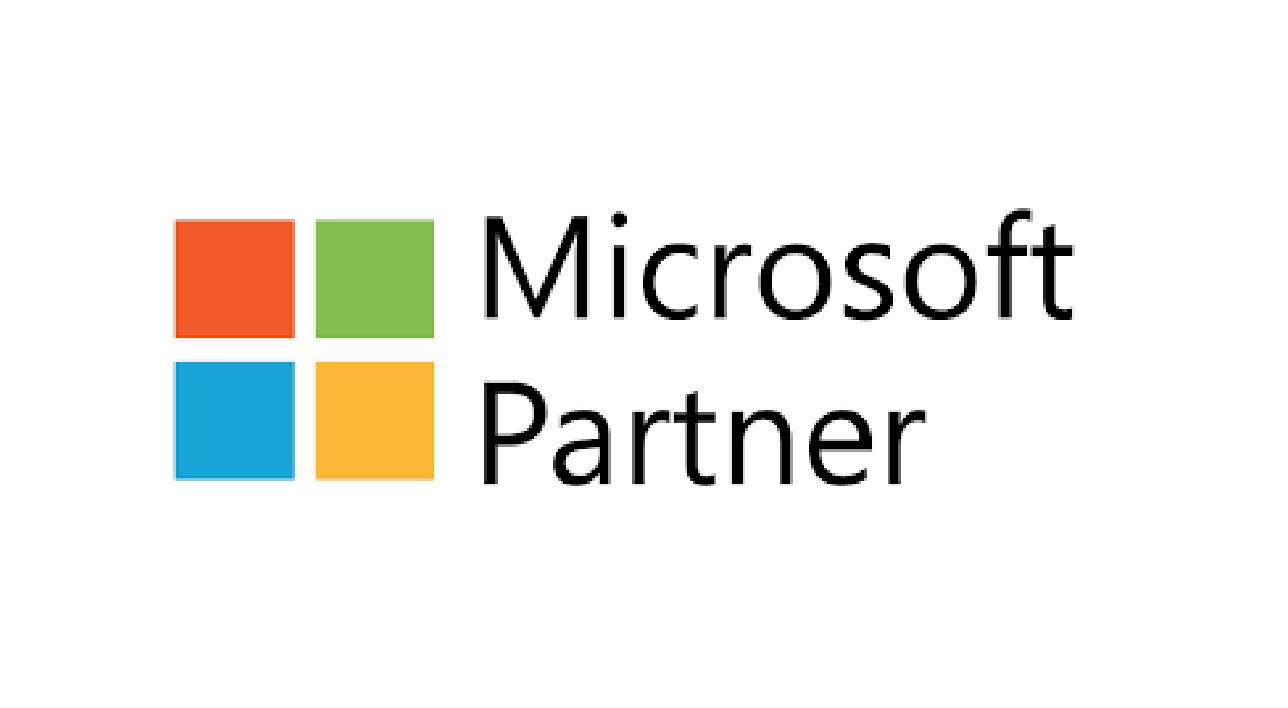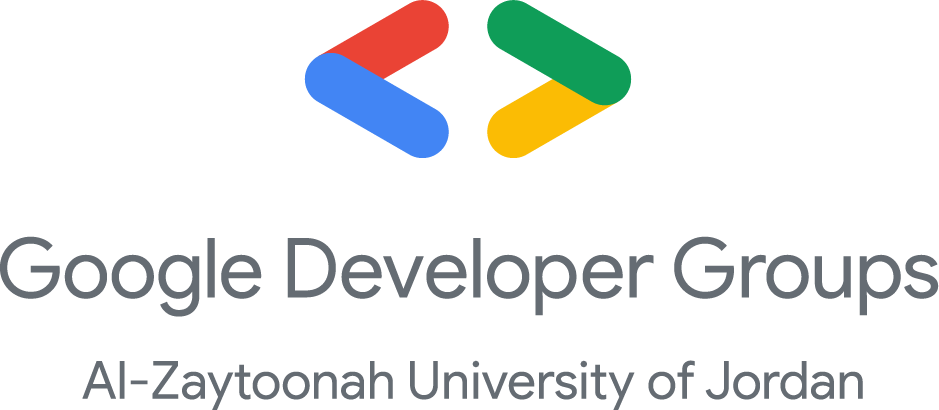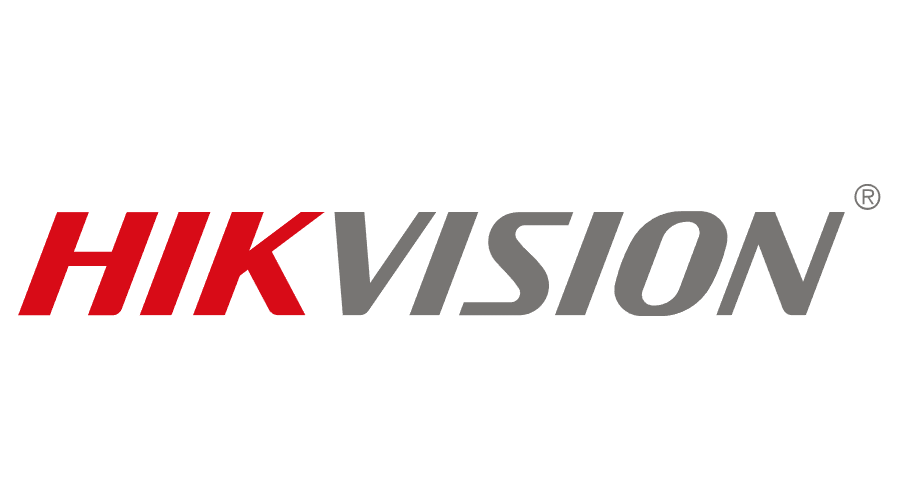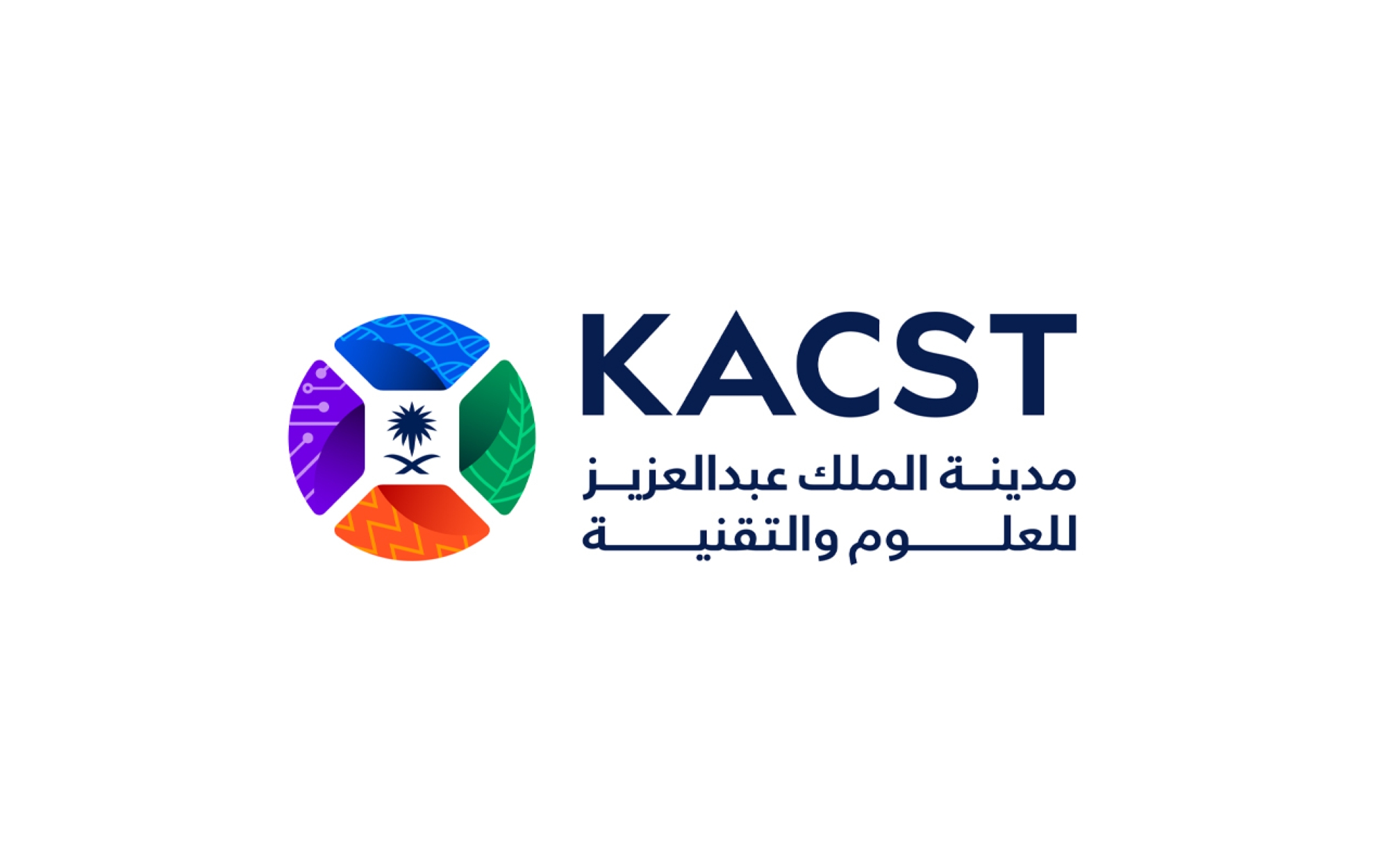Software & AI that actually ship
We turn ideas into products people use — modern UX, robust engineering, high performance, and SEO-first delivery.
Partners
Trusted by organizations across MENA.
-
 Microsoft
Microsoft
-
 Global Talents
Global Talents
-
 JDTA
JDTA
-
 MODEAE
MODEAE
-
 DGZUJ LOGO
DGZUJ LOGO
-
 hikvision
hikvision
What we do
End-to-end digital transformation, pragmatic AI, and high-quality web & mobile apps.
Digital Transformation
Discovery → Roadmap → Delivery. We modernize platforms with measurable impact.
Artificial Intelligence
NLP, vision, RAG, chatbots—AI that improves outcomes.
Web & Mobile Apps
Modern UX, a11y, and performance. Built to scale.
Integrations & DevOps
Payments, analytics, CRM, SSO. CI/CD on Forge.
Design Systems
Reusable UI kits, RTL/LTR, dark/light modes.
SEO & Performance
Technical SEO, schema, and Core Web Vitals.
Impact metrics
• Trust that compounds over time
How we deliver
1) Discover
Stakeholder interviews, scope, success metrics, and risk mapping.
2) Design
UX flows, UI prototypes, and design system tokens with RTL/LTR.
3) Build
Fast iterations, CI/CD, code reviews, and security baselines.
4) Launch & Grow
Monitoring, analytics, A/B tests, and planned improvements.
Case studies
Selected projects delivering measurable impact.

Umm Al-Qura Calendar (KACST)
Re-engineering a national calendar engine with high-precision algorithms and modern delivery pipelines.
Read case study
Saudi Water Authority
Operations and KPI platform for network management, field readings, and performance dashboards across regions.
Read case study
US Government — Digital Services Platform
Unified portal for applications, secure integrations with federal systems, and real-time compliance dashboards across states.
Read case study“Codexal delivered fast and exceeded our expectations on UX and performance.”
— Program Director
“Clear process, transparent communication, and on-time delivery.”
— Partner Organization
“good serviss codexal :)”
— General Manager